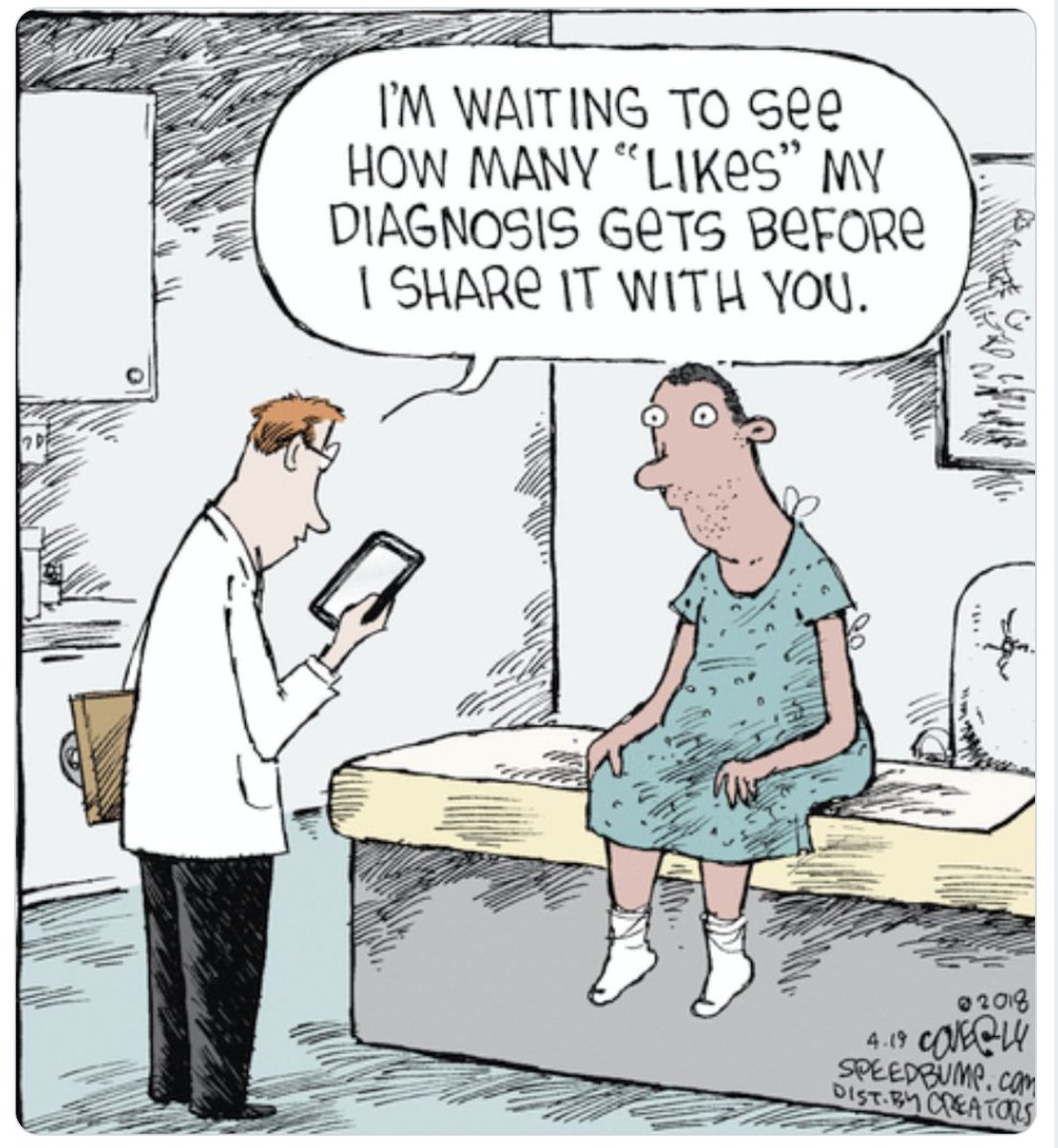Parte I, parte II, parte III e parte IV.
Mais um conjunto de lições a reter dos "hidden champions":
- focalização em clientes-alvo de um nicho e procurá-los em todo o mundo: globalização
- desenvolvimento de fortes relações com os clientes
"How does a company ascend to world market leadership? Certainly not by staying at home and waiting for customers to call on it. Instead, the hidden champions venture into the world and offer their products wherever their customers are. This process of globalization typically takes generations and requires unending stamina. In the preceding chapter we learned that the hidden champions operate in narrowly defined and therefore relatively small markets. To expand these markets, the hidden champions have chosen globalization as the second pillar of their strategy besides focus. This means that they are narrow in the substance of their business and wide in the regional dimension. The hidden champions' world markets are far larger than their respective home markets.
...
The consequences of narrow market definition are even more pronounced for supernichists and market owners. Even in large countries, niche markets can become tiny. The hidden champions would be doomed to remain small without the possibility of regional expansion. Consequently, globalization is the second pillar of their strategy.
...
The narrow market definition based on application, technology, target group or other criteria is coupled with a wide market definition regarding the regional dimension. These are the two major pillars of the hidden champion strategy: specialization in product and know-how combined with breadth in the regional market coverage, normally on a global scale.
...
The hidden champions have extremely close relationships with their customers, due to the complexity of the products and services they offer. Three-quarters of the companies practice direct sales. Five times as many employees in hidden champion companies have regular contact with customers than in large corporations, leading to the pronounced closeness.
...
Many hidden champions cooperate very closely with their top customers and benefit from them as drivers of performance and as references. The customers' demands are aimed primarily at high performance rather than at low prices. The products and services supplied by the hidden champions offer not only top quality with high-tech content, but also increasingly comprehensive advice and systems solutions. Prices are clearly above market level.
...
The hidden champions' relationships with their customers are close and interactive. The main reason is that, in general, they offer complex product and service programs, often even systems solutions. Such programs cannot be sold off the peg, but require detailed consultation processes."
Trechos retirados de "Hidden Champions of the Twenty-First Century Success Strategies of Unknown World Market Leaders" de Hermann Simon.



















